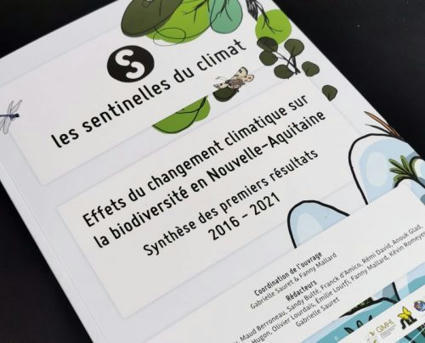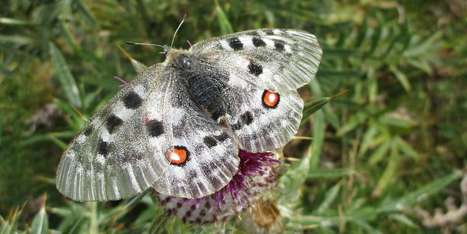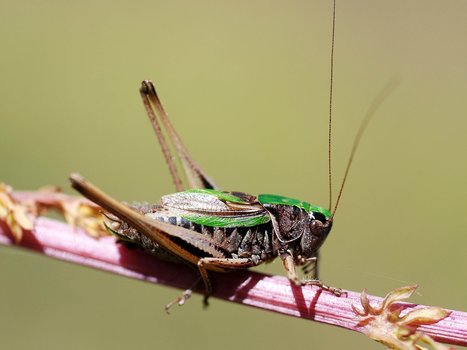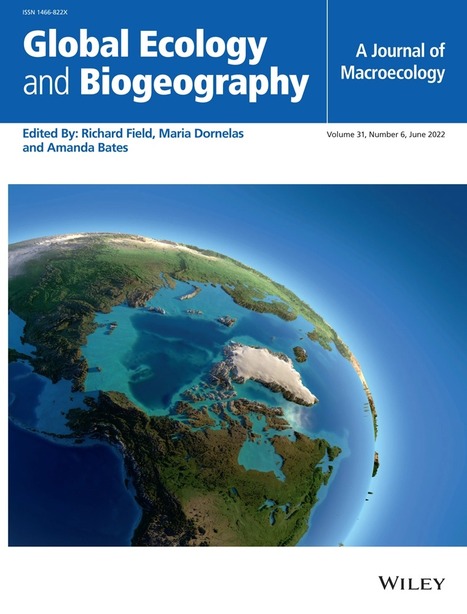Alors que nous sommes toujours lancés sur la trajectoire d’un réchauffement de +4°C d’ici 2100, naturalistes et chercheurs se sont posés une question : que restera-t-il de la faune et de la flore à cet horizon en Nouvelle-Aquitaine ? Papillons, lézards, grenouilles, marmottes, libellules, criquets et végétation de leurs habitats… bon nombre des espèces sentinelles du climat suivies depuis 6 ans verront leurs populations s’amoindrir, leurs aires de répartition se réduire peu à peu jusqu’à parfois disparaître. La biodiversité néo-aquitaine actuelle est inexorablement vouée à un appauvrissement drastique.
Research and publish the best content.
Get Started for FREE
Sign up with Facebook Sign up with X
I don't have a Facebook or a X account
Already have an account: Login
Revue de presse et du net par le Pôle de partage des connaissances S&T de l'Office français de la biodiversité
Curated by
DocBiodiv
 Your new post is loading... Your new post is loading...
 Your new post is loading... Your new post is loading...
|
|




















Télécharger la synthèse des résultats : https://bit.ly/Sentinelles_Synthèse